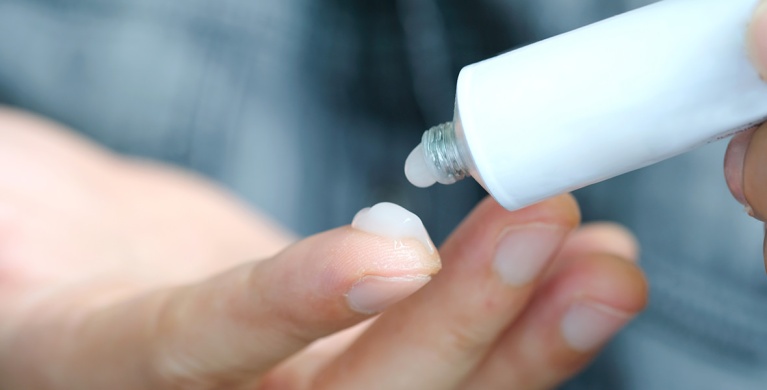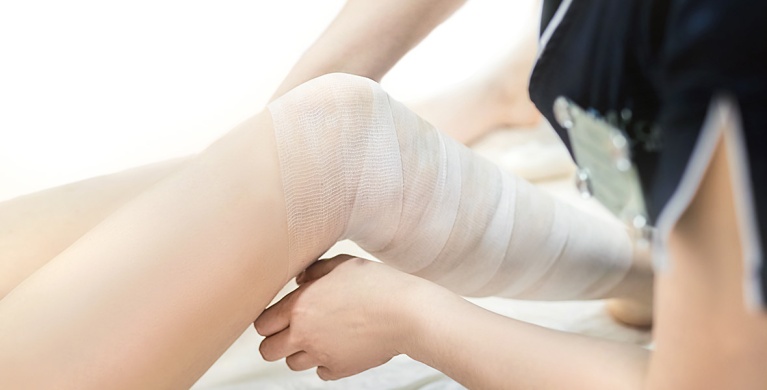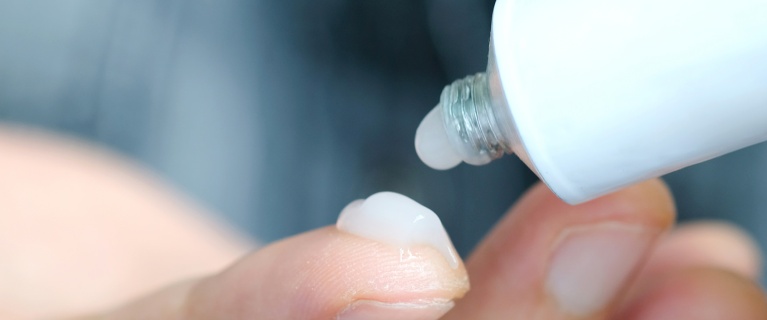

Creams and topical treatments for eczema
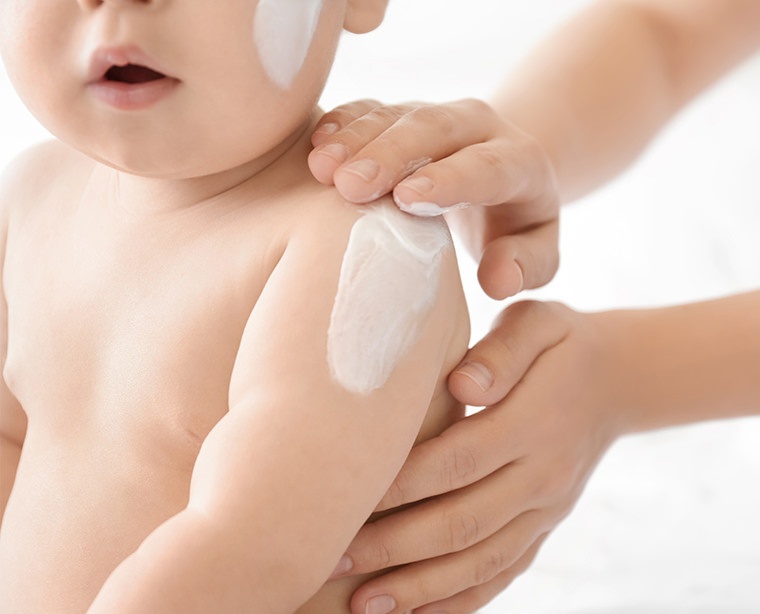
Fewer eczema flare-ups and less itching are possible! Although there is no cure for atopic eczema (flare-ups cannot be prevented completely), we can offer soothing relief from flare-ups and make them less frequent with the right treatment: corticoid cream + emollient.
Topical treatment is essential and produces excellent results, provided it is applied correctly.
It is an anti-inflammatory of the calcineurin inhibitor family: it will represent a possible alternative to dermocorticoids. The only difference with dermocorticoids is that it is applied twice a day.
When is it applied? For recalcitrant eczema on the face, especially the eyelids or other sensitive skin areas. Sometimes it is poorly tolerated in flare-ups: you must persevere, because after a few days the intolerance (tingling for example) disappears.
This page discusses the treatments for atopic eczema. Allergic eczema is treated differently.
The treatment pillars for atopic eczema
A combination of two treatments is used to reduce the frequency and severity of atopic dermatitis flare-ups.
- Dermocorticoids (extinguisher effect) are used to fight against inflammation.
- Hydrating care is provided in the form of an emollient to reduce skin dryness and thus prevent inflammation.
Together, they form a dream team capable of providing incredible relief from itching and delaying the next flare-up.
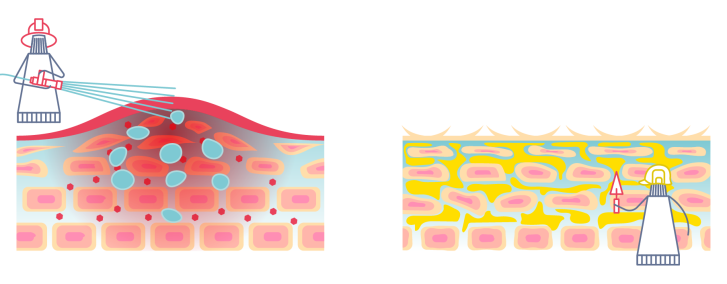
Dermocorticoids
Emollient skin care
Corticoid cream: “the extinguisher”
It is essential for soothing inflammation. Apply it once daily during flare-ups directly to red patches, to help provide your skin with soothing relief.
Dermocorticoids help eliminate oozing red patches, swollen red patches, and thick patches. As a result, they also provide relief from itching caused by these patches, making them the safest and fastest way to break the vicious cycle: redness - itching - scratching - redness.
Dermocorticoids are anti-inflammatories. Your body produces it naturally in the form of cortisol. Used correctly, they are very useful. It can be applied to any part of the body, including the face and scalp, and is suitable for adults, pregnant or breastfeeding women, children, infants, athletes, and more. Follow the recommendations of your doctor and pharmacist when prescribing.
If you are unhappy with the cream provided by your doctor, ask him or her for another texture: gel, emulsion, lotion, ointment, etc. The treatment only works if you follow it!
Dermocorticoids do not cause addiction, nor do them become less effective over time.
For eczema, you have no reason to fear dermocorticoids, so long as you use it properly.
Emollient: “the mason”
Emollients fight against skin dryness, thus helping to:
- rebuild the skin barrier,
- prevent irritants and allergens from penetrating the skin,
- and reduce the risk of superinfection.
Once or twice a day, set aside some time to apply your emollient effectively for maximum benefits.
“Apply the emollient to dry skin only, avoiding red patches”
No results without consistency
Eczema has a bad reputation: you often hear that it is difficult to treat, that it never goes away, that treatments are ineffective because patches keep coming back, and other such claims.
It is true that treatment requires some sacrifice. It would be easier to swallow a tablet rather than having to apply an emollient and corticoid cream every day.
Poor efficacy is often due to uneasiness and concerns about the treatment, resulting in it being applied incorrectly. Applying the cream takes time. Perhaps you applied too little, missed a few days, waited too long before applying the topical treatment, or stopped before the flare-up was treated...
Wet-wrapping
Dermocorticoids can sometimes be used as a “dressing” applied under a wet cloth for several hours. They may be applied alone or mixed with an emollient, under a bandage or piece of clothing. This technique, used in hospitals, helps maximize the benefits of topical corticosteroids and is very effective for soothing eczema.
